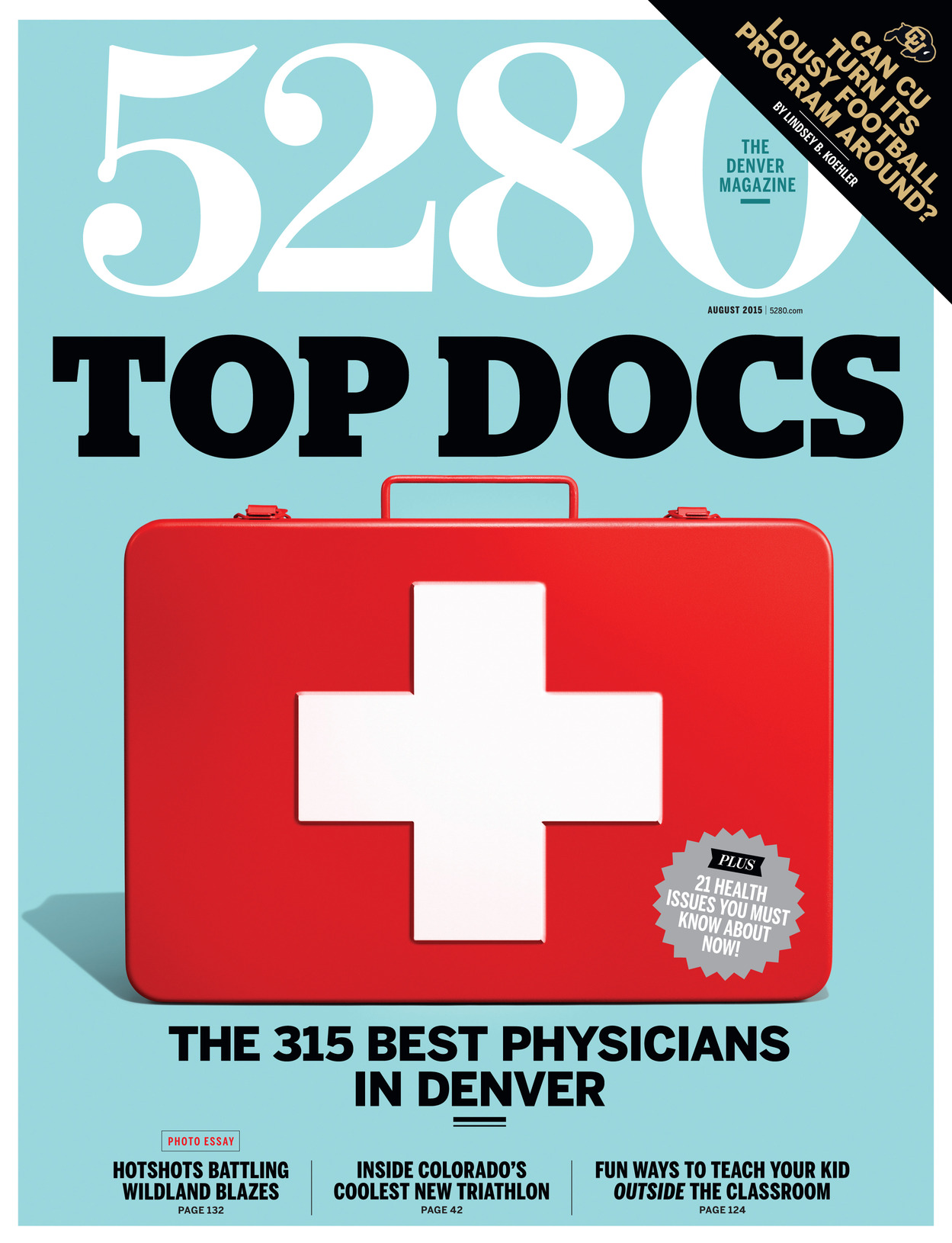The Local newsletter is your free, daily guide to life in Colorado. For locals, by locals.
In 1990, I was an impressionable high school sophomore doing all the things impressionable high school sophomores do. I was pushing the limits of the freedom provided by a driver’s license and reveling in extracurricular parties. I was falling in love with literature—and with girls. And, of course, I was thinking about college.
In fact, I began daydreaming about what would come after high school my freshman year, when my mom worked in the career center at my high school. When classes ended, I would wander over and thumb through college course catalogs, thinking how cool it would be to study Joyce and Woolf and Melville and stroll the manicured lawns of a historic campus. But because I was a red-blooded 16-year-old boy, I was also into sports—and the truth is, schools with winning sports programs tempted me almost as much as those with stellar humanities departments.
Which is why, for a time, I seriously considered applying to the University of Colorado Boulder—despite the fact there were a bunch of amazing schools within a two-hour radius of my parents’ Bay Area home. Surely you remember the late ’80s and early ’90s Buffaloes teams led by head coach Bill McCartney and energized by the little tailback who could, Eric Bieniemy. CU went 11-1 in 1989 and then posted an 11–1–1 record in ’90, a mark good enough to share in a split national championship. Just a few years earlier, the Buffs had been putting up dismal records that wouldn’t have garnered any attention from a kid growing up 1,200 miles away, but CU’s glory days unfolded just as I began paying attention. To me, Colorado was a football powerhouse, a place that mattered. Add in the sandstone buildings dotting the campus and the majestic backdrop provided by the Flatirons, and even today I can see why I was drawn to Boulder.
This is part of what collegiate athletics does: It functions as a school ambassador to the masses. It serves as a marketing boon (or bust) for universities, no matter how fair or unfair that may be. And it is this complex matrix that 5280 deputy editor Lindsey B. Koehler took on when she decided to tell the definitive story of how and why CU’s football team went from first to worst over the past 25 years (“Broken Play”). It is a tale that is both astonishing and, sadly, not surprising, given the vast sums of money and resources required to maintain major collegiate sports programs—and the uncomfortable proximity these programs have to academia. “If a careful balance can be struck between the two sides, and I’m not convinced it can, very few institutions have figured out the perfect weight distribution,” Koehler says. “Although CU football’s struggles have been pronounced, they are not uncommon.” Koehler’s story is not only a must-read for sports enthusiasts, it’s also a bookmark-worthy piece for those who care about the debate surrounding student-athletes and the influence athletics can have over our universities. And it just might pique your interest enough to tune in this fall and see if head coach Mike MacIntyre and his Buffs can (finally) turn around a program that not long ago captured the imaginations of so many people around the country.









